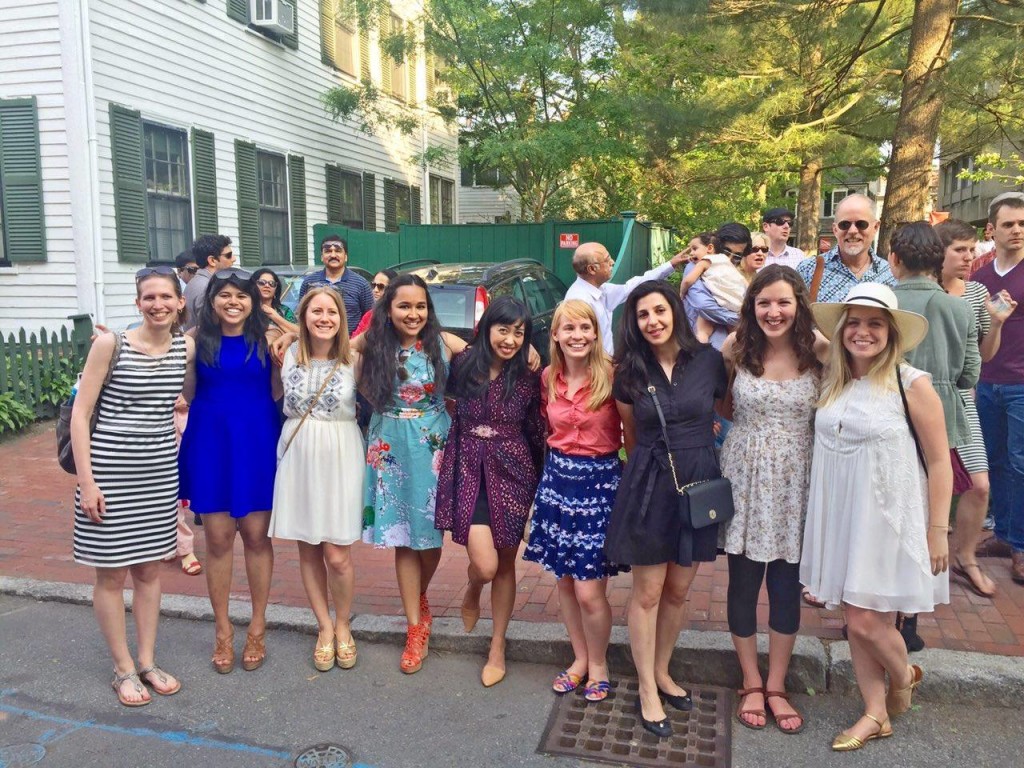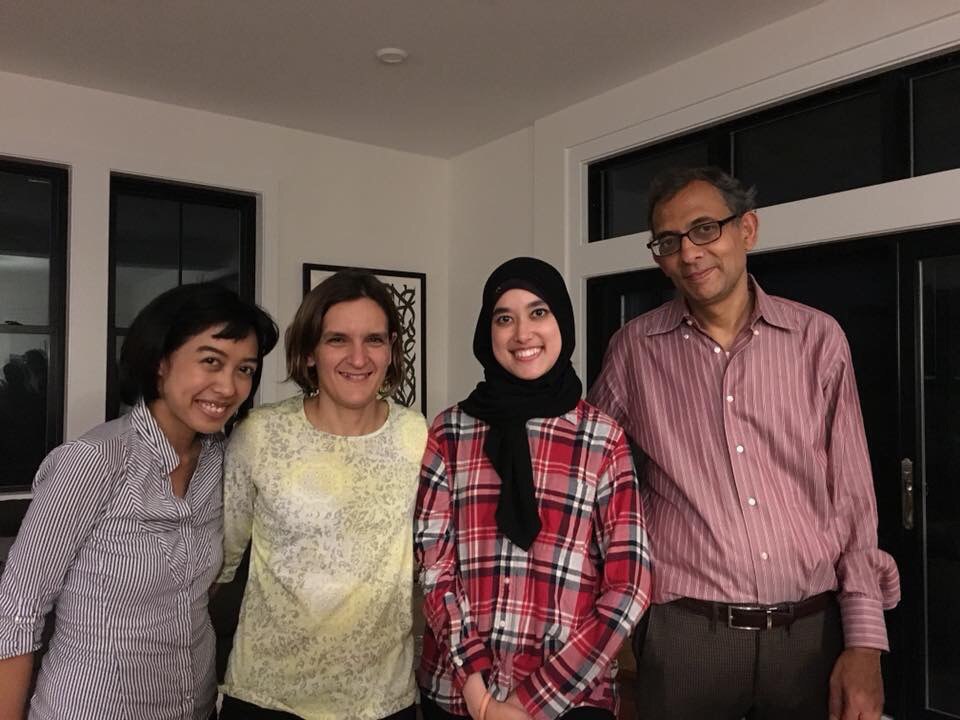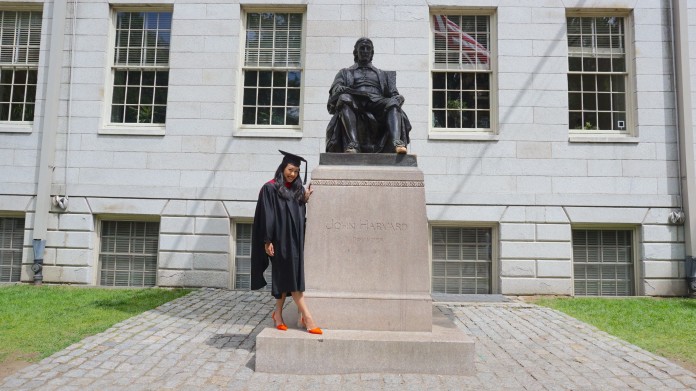All roads lead to Rome. Yuanita Christayanie (Christie) didn’t have a computer science or statistics degree. However, it didn’t stop her from pursuing her dream of working as a Data Scientist. In this article, Christie—who graduated from Harvard Graduate School of Education in 2015—shares her experience and tips to those who wants to pursue a carrier in the science field.
Every now and then when I meet new people or reconnect with old friends, the question “How did you end up working as a Data Scientist?” would come up. It’s a reasonable question given I have no computer science or statistics degree – so thought I’d share my journey in case you’re looking to transition into new roles or to tech!
I have always been passionate about education for as long as I can remember. I taught ESL (English as a Second Language) part-time during my undergrad and I founded an informal school where I would teach kids ESL and Math for free when I was in high school. On the other hand, I also really enjoy working with numbers and data. It was hard to find jobs that combine both of my interests – one that requires quantitative analysis and operates within education domain – so after I completed my undergrad in Bandung Institute of Technology, I took on corporate job and continued to teach on weekends.
After series of reflection and trying on different jobs, I decided to apply to Harvard Graduate School of Education in 2015. I wanted to do applied research that can affect positive changes in education and going back to school was a way to achieve my goal. I was ecstatic when I got in but at the same time I knew what I do after Harvard was what I needed to concentrate on.

I remember listing all the required qualifications of the jobs that I was interested in, writing down the gaps in my technical skills and curating my course selection to make sure I fill those gaps. In that process, I realized that I need to learn to code. All the jobs that I was interested in required programming of some kind. Also, finding a job in the US as an international student can be challenging and having more technical skills would open more doors. Knowing that, I purposefully enrolled in quantitative classes during grad school and learned to code on the side. Even though I was enrolled in the education degree program, Harvard offers a lot of quantitative classes and allow students to cross-registers to other schools.
In early 2016, I got an offer to work as a Senior Research Associate for the Poverty Action Lab (J-PAL) at the Massachusetts Institute of Technology. I was really excited because J-PAL was known to conduct a rigorous program evaluation in education. During my time there, I got more comfortable with using different programming languages, analyzing large-scale data and I also gained a deeper understanding of causal inference. In retrospect, all of these skills really helped me in my current role as a Data Scientist.

A year later, I found a job opening that really sounded like my dream. It was across the country from where I was (Boston) but the role was exactly what I was looking for : working as a Data Scientist in the field of education. I wasn’t sure if tech is the right fit but I have nothing to lose by applying so I did. Long story short, I moved to Silicon Valley and have been here for over 2 years!
In summary, here are some of my learnings :
- If you’re thinking of grad school, make a list of skills that you’re planning to acquire, tailor it to the needs of the industry and choose your class that allows you to fill your skills gaps. The skills you acquire is more important than the school or the degree itself.
- Start applying for jobs/internship early. I learned a lot during the interview process, especially from jobs that I did not get. Internships also gave me clarity in terms of what the industry actually requires.
- Find a “transition job” as a way to get to your “dream job” . If I were to apply directly to Data Science jobs after graduation, I would probably have a tougher time, but because I was already working in research, I was already familiar with programming and statistics that made the transition a lot smoother.
- Take calculated risk and don’t be afraid to learn new things – I know this sounds really cliche, but I know too many people that are too afraid of risks and decide not to take the leap. I learned coding and started a whole new career in my late 20s, it was hard but it is worth it.
- Network through work/project. I consider myself to be an introvert so networking is really tough for me. However, I can connect better with people through shared experience, so I did multiple internships and voluntary projects and I focused on delivering quality work every time. This works for me because I felt that the connection was more genuine and at the same time it showcases my capabilities.
- Take the time to research and narrow down what you are really interested in. For example, “Data Scientist” role can mean different things in different companies. Some are more focused on Machine Learning, others in Analytics or Causal Inference. Do your research and decide which skills you want to focus on.









